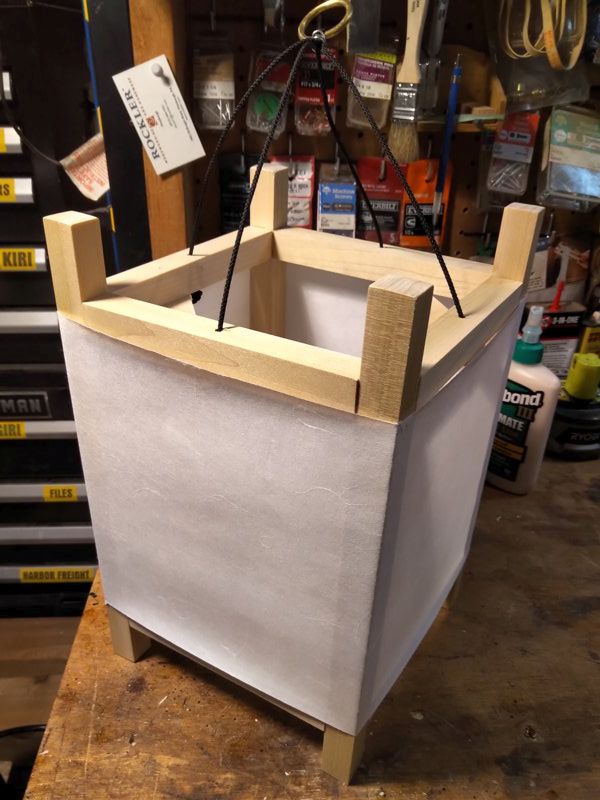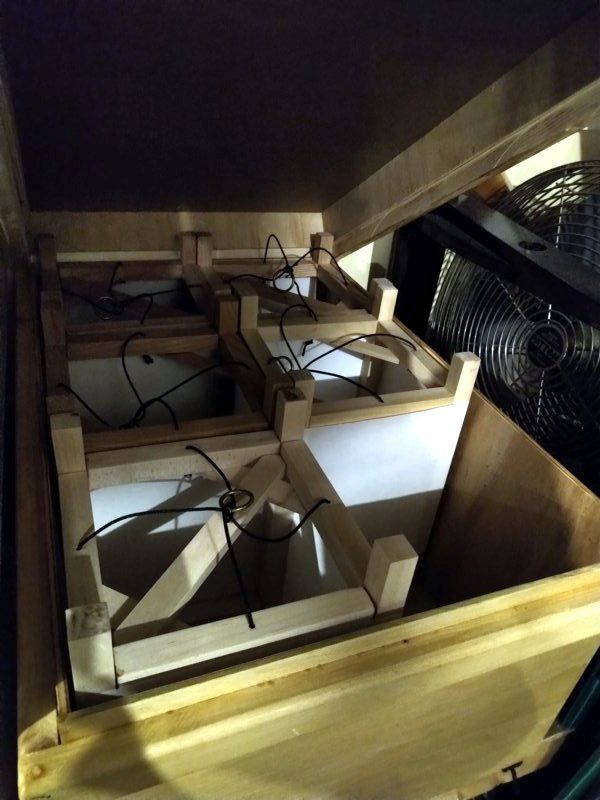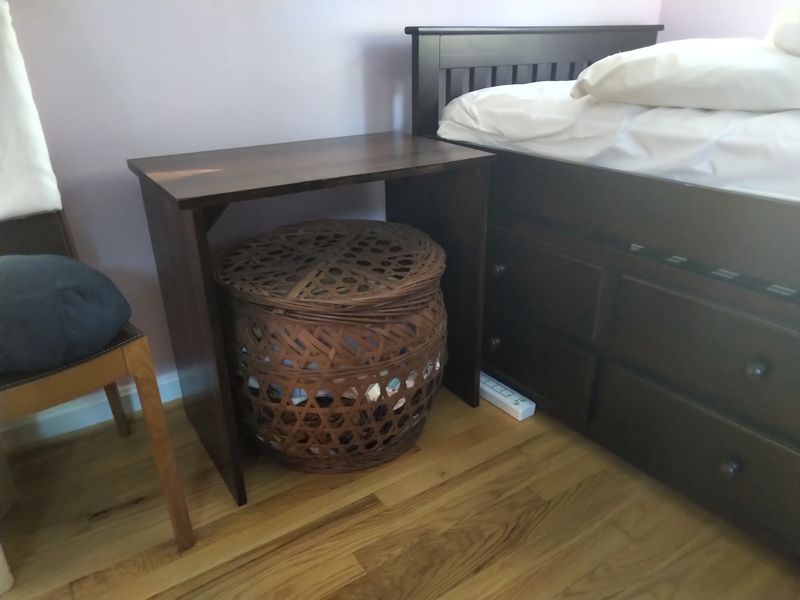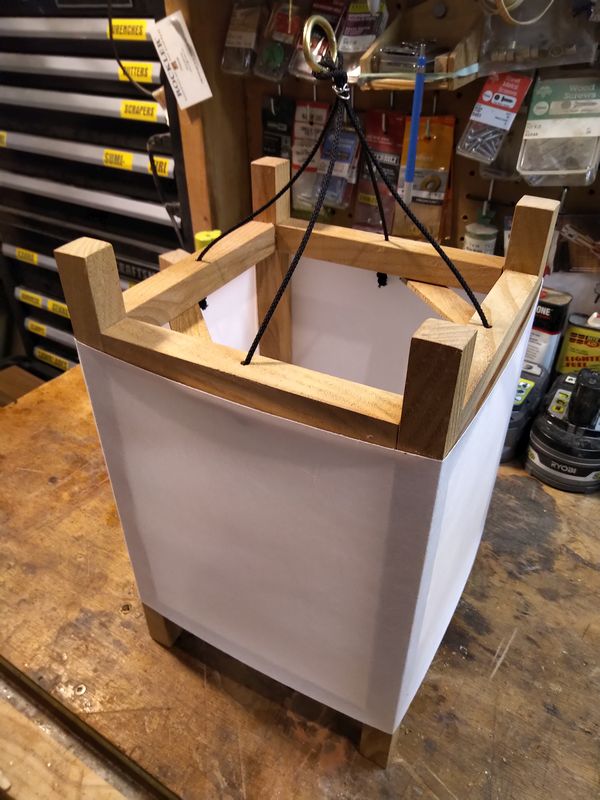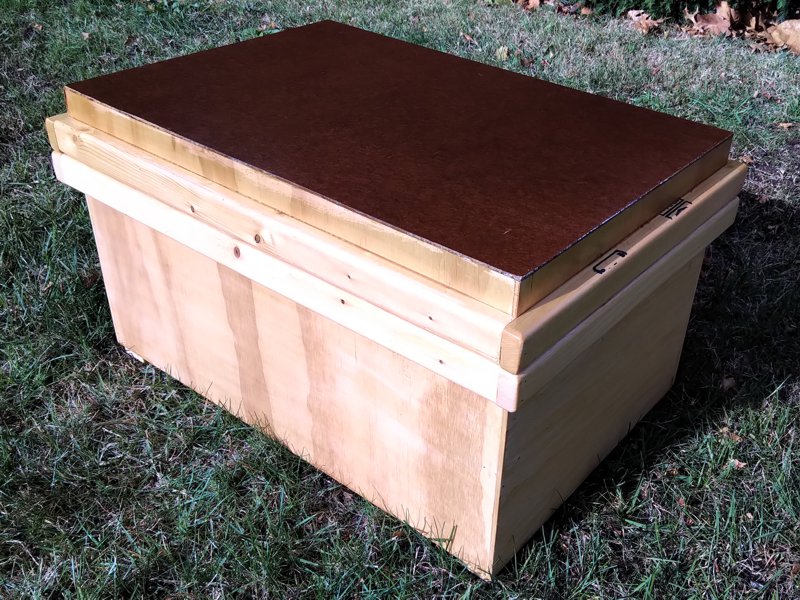Back in December of 2017, I was working for the Uber Advanced Technologies Group (ATG) here in Pittsburgh. This was the self-driving vehicle research arm of Uber. The group threw a holiday party at the Pittsburgh History Museum, and as a party favor they gave us all custom “Magic 8-Ball” toys that had answer dice filled with ATG catch-phrases and in-jokes. Now that the ATG is no longer a division of Uber but is now a part of Aurora Innovation, perhaps it is time to post the 20 “answers” here. I can’t find them anywhere else on the ‘net.
- Ask The Julies
- Catching Rain Water
- Cheerful Transparency
- Chicken Bucket
- I Aaron Doubt It
- I Do Not Concur
- Keep on Truckin’
- Krypton Says No
- Let’s Have An All Hands
- Letwin Will Fix It
- No Swag For You
- Reorg
- Super Sprint
- That’s a HW Problem
- That’s a SW Problem
- Winter’s Coming
- Xenon Says Yes
- Your Answer Is At CRU
- You’re a Boron
- #UberOn
Keep in mind that I was hired as part of the third or fourth wave of hiring at the ATG, so some of these jokes refer to things that were before my time. Some of them are just startup anxiety phrases, like “Reorg” and “Let’s Have An All Hands”. Some of them are somewhat specific to autonomous vehicles, like “Catching Rainwater” and “Winter’s Coming”.
“Boron”, “Krypton”, and “Xenon” were the code names of the three test platforms at the time. “Chicken Bucket” was the nickname for the large spinning LIDAR unit on the roof of each vehicle. Kryptons were the Silver vehicles that Uber bought from Volvo, and were the most numerous. A Krypton is what hit that lady in Arizona.
“CRU” was the name for the “Crucible Building” which the ATG moved into when they outgrew their original startup space. By the time I left the ATG, Uber had five or six buildings down in the Strip District. Very few people had been in all of them. I’d been in more of them than most people had, since I started in Operations and later moved to Engineering. Each was a few blocks away from the others, so if your answer was in another building that could be tiresome.
“[Nick] Letwin” and “Aaron Doubt” are the names of a couple of influential ATG engineers. “The Julies” were the two main HR people at the ATG. Troubles with HR were the main reason I left.





